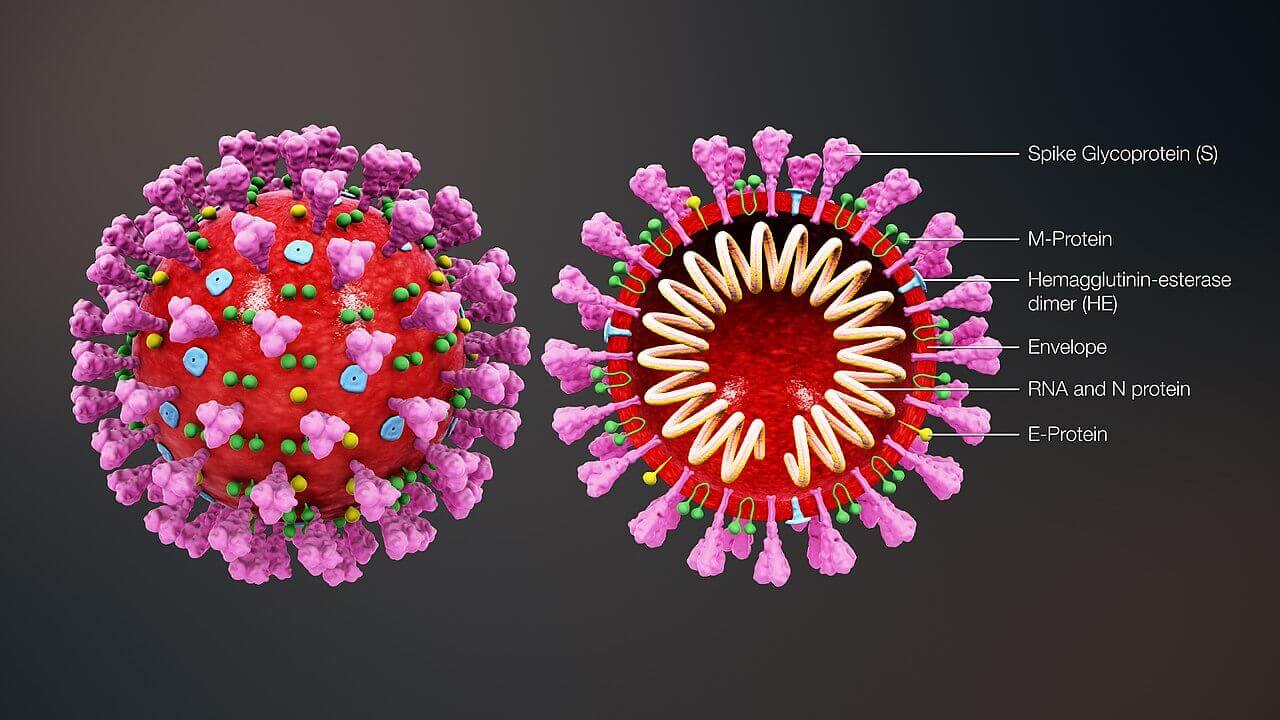- Home
- /
- Read our Blog
- /
- Difference between Copyright, Patent, and Trademark
Difference between copyright, patent, and trademark
Intellectual property consists of intangible creations which are a product of human intellect. Artistic works such as music and writings; scientific or nonscientific discoveries and inventions; developed words, symbols, and phrases – all these creations fall under the category of intellectual property. Intellectual property laws typically offer protection and rights for the owners based on the federal trademark, patent and copyright laws.
Many intellectual goods owners and businesses are unable to determine whether their intellectual property needs to be copyrighted, patented or trademarked for lawful protection. In order to understand these terms, it is essential to go over the description of these distinctly different rights. Although there are certain similarities between copyrights, trademarks, and patents, they serve completely different purposes.
Copyright
A copyright is a collection of rights automatically vested to someone once they have created an original piece of work. Copyright includes the right to reproduce the work, to prepare derivative works, to distribute copies, to perform the work publicly and to display the work publicly. For someone who owns the copyright, they have the right to either transfer the copyright to one of more people or to transfer them collectively to one or more people. This can be done through the process of licensing, assigning and other forms of transfers. What copyright does is essentially to provide one with the right to decide how their authentic work is made available to the public.
Patent
The main goal of the patent law is to encourage innovation and commercialization of technological advances. The patent law gives an incentive to inventors to publicly disclose their inventions in exchange for certain exclusive rights. The patent’s primary goal is to facilitate innovation and commercialization of technological advances. The patent law enables and also encourages the inventors to basically be comfortable with disclosing their inventions in exchange for certain exclusive rights. What the patent does is that it essentially protects inventions which include new and useful processes, machines, manufactures, compositions of matter as well as improvements to these.
Certain computer programs may fall within the subject matter protected by both patents and copyrights. In this respect the patent system compliments copyright protection by providing protection for functional aspects of the software, which are not protected by copyright. Unlike the copyright registration process, the patent application process is expensive, complex, difficult, and time consuming and generally should not be attempted without the assistance of an experienced patent attorney or agent.
Trademark
A trademark is a word, phrase, symbol, and/or design that identifies and distinguishes the source of the goods of one party from those of others. Examples include brand names, slogans, and logos. (The term “trademark” is often used in a general sense to refer to both trademarks and service marks.) Similar to copyright, a person does not need not register a trademark or service mark to receive protection rights. There is rarely an overlap between trademark and copyright law but it can happen — for instance, when a graphic illustration is used as a logo design may be protected both under copyright and trademark.
In a copyright- original works of authorship, such as books, articles, songs, photographs, sculptures, choreography, sound recordings, motion pictures and other works are protected. Whereas in a patent- inventions such as processes, machines, manufactures, compositions etc. are protected and a trademark essentially protects any word, phrase, symbol or design that identifies and distinguishes the source of the goods of one party from those of others. The conditions for a copyright are that the work must be original, creative and fixed in a tangible medium. For a patent, the invention must be new and useful and for a trademark, the mark must be distinctive. The terms of protection for copyright remain during the lifetime of the author plus 70 years, for patent its 20 years and trademark is for as long as the mark is used in commerce. The copyright gives the right to control the reproduction, making of derivative works, distribution and public performance and display of the copyrighted work. A patent gives the right to prevent others from making, selling, using or importing the patented invention and a trademark gives the right to use the mark and to prevent others from using similar marks.
About The Author

Protect your invention in the USA by obtaining a patent and trademark now from an attorney. Affordable prices and highest success rate from MDE Patents.
Share With Your Friends
Recent Posts

Top 10 Things To Know Before Trademarking Cannabis/Hemp Products
Hemp and Marijuana products, till some time ago, fell under the illegal category and were lawfully not in the space of trademark, patent or intellectual

Pandemic: How to Patent PPE Kits in the midst of the COVID-19 Crisis
We are amidst an unprecedented health crisis that has impacted the entire world. The massive numbers infected with COVID-19 saw a sudden rise in demand

Innovating During a Crisis: Patentable Inventions
A crisis – particularly a prolonged on – is not an easy time for creators anywhere. The harsh pressures of the community concerns can make


